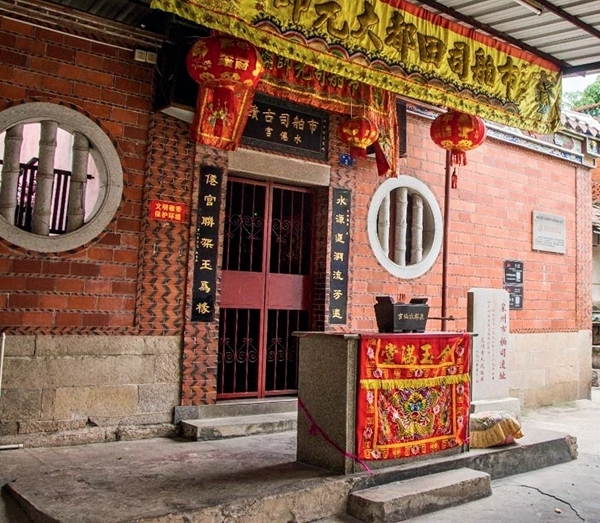Tips in Quanzhou
 0 Comment(s)
0 Comment(s) Print
Print E-mail China Today, September 12, 2017
E-mail China Today, September 12, 2017
The Cai’s Residence

Located in Zhangli Village of Nan’an under the jurisdiction of Quanzhou, the Cai’s residence was built in the late 19th century by Cai Qichang and his son Cai Zishen, who made a big fortune in the Philippines. The compound includes a total of nearly 400 rooms, including an ancestral temple, with the construction area as large as 16,300 sq.m. The most prominent features of the building include overhanging gable roofs with carved beams and painted rafters, vivid brick sculptures, and finely carved lattice windows.
Ancient Customs House

Located in Shuimen Lane in Licheng District of Quanzhou City, it is China’s only existing ancient customs house. It was set up in 1087, responsible for checking trade ships, containing smuggling, dealing with official voyage procedures, collecting taxes, as well as trading, receiving, and managing foreign diplomatic envoys and businessmen. In 1472, the customs house was moved to Fuzhou, and the office was turned into a residence.
Ancient Port Buildings

There are many time-honored buildings in Quanzhou’s ancient ports, which are located around 10 km east of the downtown area. Throughout history, these ancient ports have included three bays and twelve branch ports. The Houzhu Port, which enjoyed the reputation of being the first oriental port, still contains many of its ancient relics. Famous ancient buildings in these ports include the Gusao Tower, Liusheng Tower, Zhenwu Temple, Shihu Port, Wenxing Wharf, and Meishan Wharf. The Gusao Tower was built between 1131 and 1162, and functioned as a navigational landmark. The Meishan Wharf is located where the rivers meet the sea, and is geographically important. The Zhenwu Temple houses important historic relics, representing the local people’s faith in the lord of the sea, who is similarly worshipped on both sides of the Taiwan Strait and embodies the culture, folk customs, and religion shared by the people on both shores.
Tea Savoring

There is a whole set of rules for the savoring and appreciation of Tieguanyin, which consists of three main steps: examination, assessment, and tasting. Tieguanyin has a very strong scent, and this long-lasting, natural orchid fragrance emanates long after Tieguanyin is brewed with boiling water. And different cups are used for smelling and tasting Tieguanyin.






Go to Forum >>0 Comment(s)